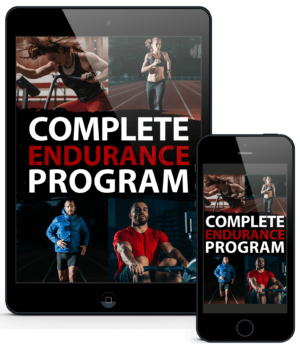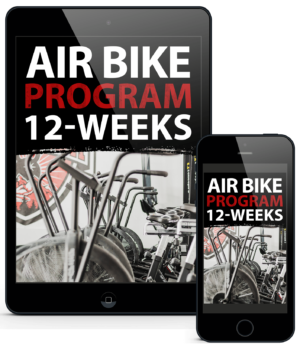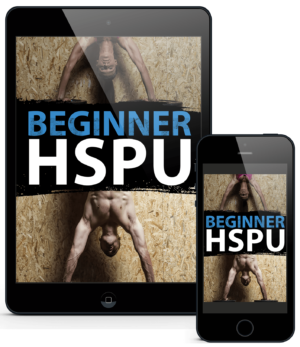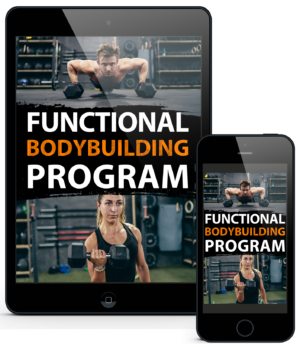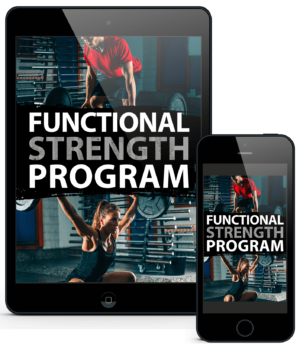Are you struggling to find the optimal pace for your aerobic workouts? Whether you’re new to exercise or an experienced athlete, pacing is essential to get the most from your training. This article will explore two primary methods for determining your intensity during aerobic workouts: the RPE (Rate of Perceived Exertion) method and the Pace method. Let’s dive in!
1. RPE (Rate of Perceived Exertion)
RPE is a scale measuring the intensity of effort, ranging from 1 (extremely light activity) to 10 (maximum effort). It is inherently subjective, based more on individual feelings rather than objective data like heart rate or power output.
The RPE method provides a holistic approach to aerobic workouts. It allows individuals to intuitively assess their motivation, fatigue, and endurance without relying on devices. It’s adaptable, responding to one’s body signals, including stress and fatigue. As one’s fitness level improves, the RPE readings naturally adjust. This method also takes into account external and internal factors, from the type of terrain and footwear to recent nutrition and mental fortitude.
RPE Breakdown:
Understanding RPE levels can help you tailor your workout to your unique needs. Here’s a breakdown:
- RPE 1-2 (Very Light): You can easily carry on a conversation, and it doesn’t feel like you’re exerting yourself at all. This is often likened to a leisurely walk.
- RPE 3-4 (Light): You’re exercising, but you can still talk without any trouble. This might be like a slow jog or gentle cycling.
- RPE 5-6 (Moderate): Now you’re working, and you might be breathing a bit harder. You can still speak in sentences, but it’s becoming more of an effort.
- RPE 7-8 (Hard): You’re pushing yourself, and it’s hard to talk without pausing for breath. This is where you might be cycling or running at a very challenging pace.
- RPE 9-10 (Very Hard to Maximal): At this level, you’re at or near your maximum effort. You can’t maintain this pace for long, and speaking more than a word or two at a time is almost impossible.
Remember, these are general guidelines. Your perception of effort might vary. Especially for those new to training.
Understanding RPE Over Time
Fatigue affects RPE. Over multiple intervals, for instance, the same RPE level might result in slower speed or power output as exhaustion sets in.
It emphasizes the significance of body awareness; slight decreases in performance metrics during workouts are normal, as long as the effort aligns with training aims.
2. Pace
For those with more experience, pacing offers a disciplined approach. It involves a specific pace or range that you should follow throughout each workout, during each interval. This can be determined by one of the two ways: time trial or estimation.
Time Trial
This involves conducting specific time trials like a 10-minute test on an air bike or a 2000m trial on a rower. Based on your results, a target pace for your workout intervals is established. If you have competitive goals or wish to advance to higher levels of training, using the time trial method is recommended.
Estimation
Instead of time trials, you can also estimate your paces. This is a more beginner-friendly approach as it avoids the intimidating time trial tests. As you train consistently, you’ll get a better sense of your speeds and can adjust accordingly.
For those opting to estimate their pace, without resorting to time trials, here’s a handy pace breakdown:
Pace Breakdown:
- Recovery: A pace can be maintained indefinitely and is intended for recovery.
- Very Slow: A pace you can hold for 2+ hours.
- Slow: A pace you can hold for 60 minutes.
- Moderate: A pace you can hold for 20-30 minutes.
- Fast: A pace you can hold for 5-8 minutes.
- Very Fast: A pace you can hold for 3-5 minutes.
- Maximum: A pace you can hold for a short time, anywhere between 10-30 seconds.
Choosing the Best Pacing Method
It’s important to understand the fundamental difference between Pace and RPE. With Pace, consistency is paramount; the speed you set for an interval should remain constant, whether it’s the first round or the tenth. On the other hand, RPE is influenced by fatigue. Throughout multiple intervals in your workout, the same perceived exertion level may result in decreased speed or power output as exhaustion sets in.
Choose between the RPE method and the pacing method based on your goals and comfort level. Mix and match these methods to see what works best for you. For fast, short workouts with more rest, try a pace method. For slower, longer workouts with little to no rest, the RPE method might be better.
Our Aerobic Programs and Pacing:
Beginner Programs (like 9-Week Beginner Air Bike or Running):
Rely on the RPE and Estimation method. You choose which you’re more comfortable with.
Intermediate Programs (like 12-Week Air Bike):
Use the RPE, Estimation, and Time Trial with specific pace recommendations for each session.
Conclusion
Pacing your aerobic workouts can optimize your training and boost overall performance. By understanding different ways of performing a workout, you can tailor your approach to your fitness level and goals.
From running to rowing to biking, these principles can be applied across various exercise modalities. So, why not give them a try in your next workout? With patience and perseverance, you’ll find the right pace to fuel your fitness journey.
Note: This article provides general guidelines for aerobic exercise pacing. Always consult with a fitness or healthcare professional to ensure a safe and effective workout routine tailored to your individual needs.

